Ampelopsis japonica
Ampelopsis japonica
1. The products in our compound library are selected from thousands of unique natural products; 2. It has the characteristics of diverse structure, diverse sources and wide coverage of activities; 3. Provide information on the activity of products from major journals, patents and research reports around the world, providing theoretical direction and research basis for further research and screening; 4. Free combination according to the type, source, target and disease of natural product; 5. The compound powder is placed in a covered tube and then discharged into a 10 x 10 cryostat; 6. Transport in ice pack or dry ice pack. Please store it at -20 °C as soon as possible after receiving the product, and use it as soon as possible after opening.
Natural products/compounds from Ampelopsis japonica
- Cat.No. Product Name CAS Number COA
-
BCN5989
Fumaric acid110-17-8
Instructions
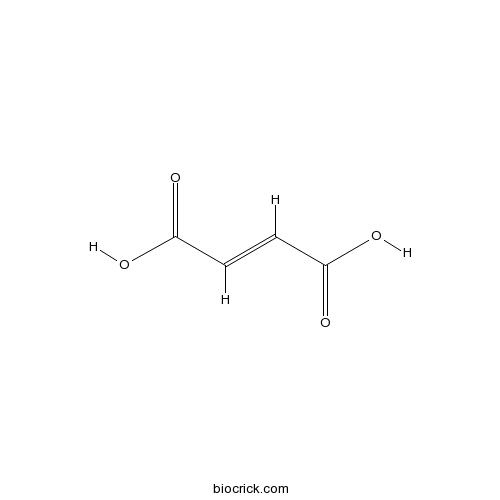
-
BCN5979
Caffeic acid331-39-5
Instructions
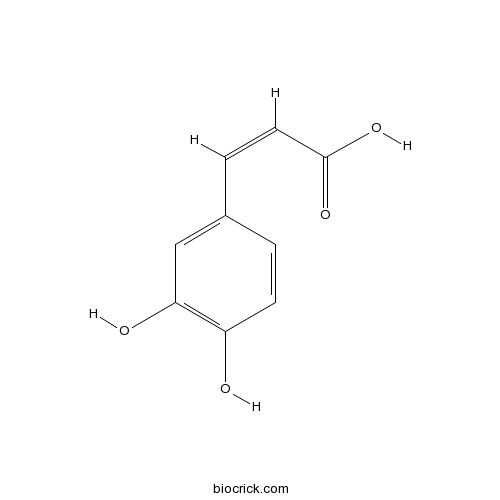
-
BCN5567
Chrysophanol481-74-3
Instructions
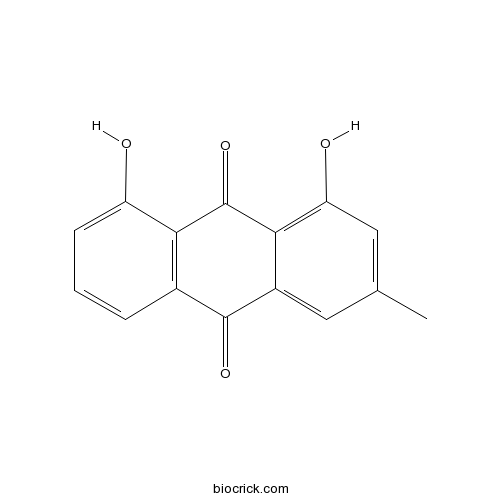
-
BCN5738
Paeonol552-41-0
Instructions
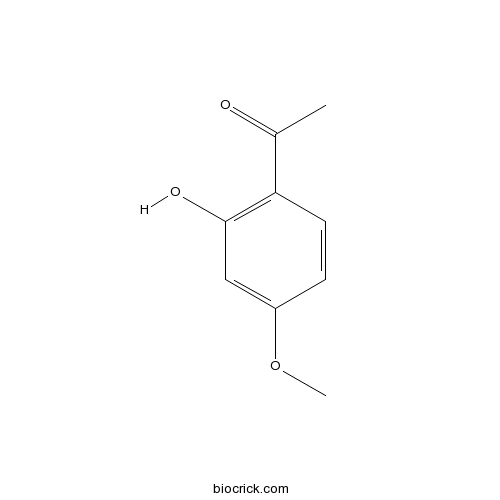
-
BCN1206
Palmitic acid57-10-3
Instructions
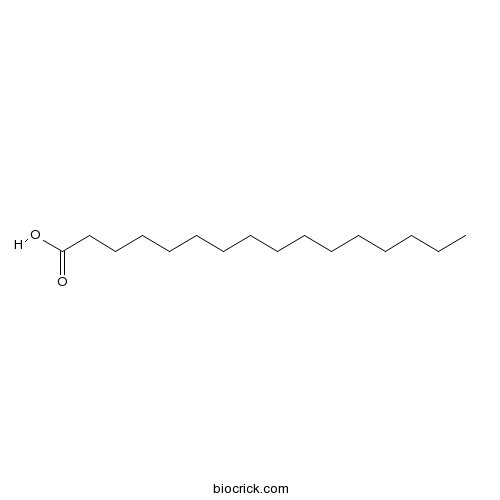
-
BCN5796
Adenosine58-61-7
Instructions
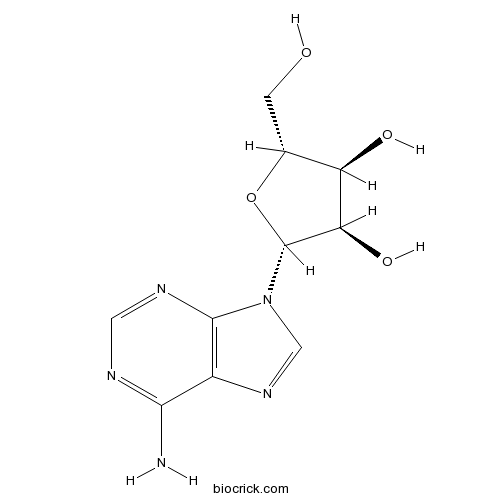
-
BCN4090
Uridine58-96-8
Instructions
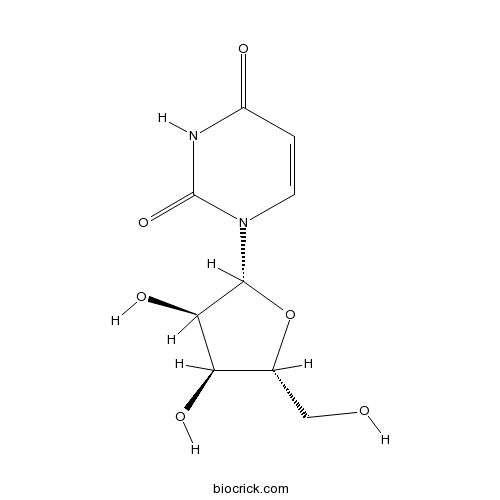
-
BCN4537
3,4-Dihydroxybenzoic acid99-50-3
Instructions
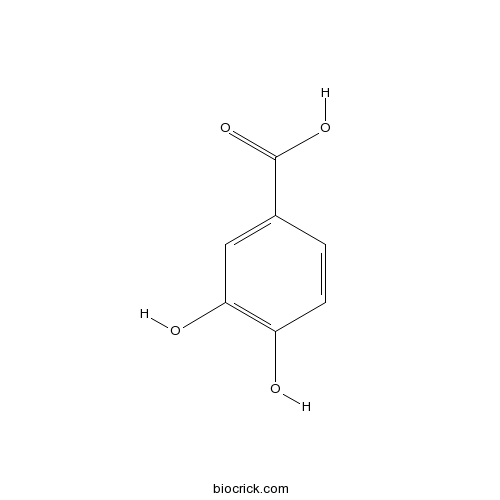
Effect of Ampelopsis Radix on wound healing in scalded rats.[Pubmed: 26152211]
Ampelopsis Radix has been used as a traditional Korean medicine for the treatment of burns and scalds. However, there has been no scientific research to date on the wound healing properties of Ampelopsis Radix for scald burns. This study aimed to evaluate the healing effect of Ampelopsis japonica root tuber ethanol extract (AJE) on induced cutaneous scald injury in Sprague Dawley (SD) rats.
Ampelopsis japonica ethanol extract suppresses migration and invasion in human MDA‑MB‑231 breast cancer cells.[Pubmed: 25586508]
Ampelopsis japonica (AJ) is a well‑known traditional oriental herb with anti‑inflammatory and anticancer activities. However, the molecular mechanisms by which AJ inhibits metastasis in breast cancer cells remain to be elucidated. The aim of the present study was to investigate the effects of AJ ethanol extract (EAJ) on highly metastatic human MDA‑MB‑231 breast cancer cells in vitro. AJ was extracted and chemically characterized. Cell proliferation was determined using a CCK‑8 assay and migration was detected using a wound healing motility assay. A Transwell assay was used to evaluate the invasion and metastatic capabilities of the MDA‑MB‑231 cells. In addition, the mRNA expression levels of metalloproteinase (MMP)‑2 and MMP‑9 and tissue inhibitors of metalloproteinases (TIMP)‑1 and TIMP‑2 were evaluated using reverse transcription quantitative polymerase chain reaction in vitro. The results of the present study characterized the signaling cascades that mediated the antimetastatic activity of AJ in the human MDA‑MB‑231 breast cancer cell line. EAJ significantly suppressed the migration and invasion of MDA‑MB‑231 cells in vitro and inhibited the expression of metalloproteinase (MMP)‑2 and MMP‑9. These findings identified the biological activity of EAJ in an in vitro model of cancer metastasis and provided a rationale for further investigation.
Irritant contact dermatitis risk of common topical traditional chinese medicines used for skin-lightening: a pilot clinical trial with 30 volunteers.[Pubmed: 24817899]
Topical traditional Chinese medicine- (TTCM-) related contact dermatitis is not uncommon but ignored. Patch and photopatch tests using 6 individual herbal ingredients and Bai-Zhi-Kao (BZK; ), a skin-lightening TTCM preparation, were conducted on 30 participants. Twenty-five subjects showed at least 1 positive reaction, including 6 (20.0%) participants who reacted to BZK. The majority reacted to Radix Ampelopsis japonica (Bai-Lian; ) (60.0%), whereas few reacted to Rhizoma Bletilla striata (Bai-Ji; ) (16.7%), Rhizoma Atractylodis macrocephalae (Bai-Zhu; ) (10.0%), Radix Angelicae dahuricae (Bai-Zhi; ) (3.3%), and Herba asari (Xi-Xin; ) (3.3%). In the photopatch test, 3 participants (10.0%) reacted positively to BZK and 10 to ≥1 constituent; however, all reacted to Radix Angelicae dahuricae (26.7%), Radix Ampelopsis japonica (13.3%), and Rhizoma Bletilla striata (3.3%). In contrast, no subjects showed positive reactions to Sclerotium Poria cocos (Bai-Fu-Ling; ). Thus, BZK and its constituents might present potential latent risk of contact dermatitis owing to the possible presence of Radix Ampelopsis japonica and Radix Angelicae dahuricae. Furthermore, TTCMs, particularly cosmetic products, must be used carefully, with ample warning of potential contact dermatitis risk.
Two new triterpenoids from Ampelopsis japonica (Thunb.) Makino.[Pubmed: 24274791]
Two new triterpenoids were isolated from the ethanolic extract of the roots of Ampelopsis japonica (Thunb.) Makino. Their structures were defined as 3α-trans-feruloyloxy-2α-O-acetylurs-12-en-28-oic acid (1) and methyl 3α-trans-feruloyloxy-2α-hydroxyurs-12-en-28-oate (2) on the basis of spectral analysis.
Ampelopsis Radix Protects Dopaminergic Neurons against 1-Methyl-4-phenylpyridinium/1-methyl-4-phenyl-1,2,3,6-tetrahydropyridine-Induced Toxicity in Parkinson's Disease Models In Vitro and In Vivo.[Pubmed: 24204389]
Ampelopsis Radix, the root of Ampelopsis japonica (Thunb.) Makino (Vitaceae), is a herbal medicine which has been widely used in East Asia. The present study was done to explore whether the standardized extract of Ampelopsis Radix (AJW) protects dopaminergic neurons via antioxidant mechanisms in Parkinson's disease (PD) models. The effects of AJW on primary mesencephalic cultures stressed with 1-methyl-4-phenylpyridinium were investigated using tyrosine hydroxylase (TH) immunohistochemistry and reactive oxygen species measurement. The eliminative effects of AJW on the 2,2-diphenyl-1-picrylhydrazyl and 2,2'-azino-bis-(3-ethylbenzthiazoline-6-sulphonic acid) radicals were explored using colorimetric methods. The effects of AJW on the mice treated with 1-methyl-4-phenyl-1,2,3,6-tetrahydropyridine (MPTP) were determined by pole test as well as TH and 8-hydroxydeoxyguanosine immunohistochemistry. AJW protected dopaminergic neurons by inhibiting reactive oxygen species generation in vitro. Moreover, AJW showed potent radical scavenging activities in vitro. In the mouse PD model, AJW protected the dopaminergic neurons in the brain, leading to motor improvements. AJW inhibited the MPTP-evoked accumulation of 8-hydroxydeoxyguanosine in the brain. These data suggest that AJW has neuroprotective effects with antioxidant mechanisms in PD models.
In silico prediction of the cosmetic whitening effects of naturally occurring lead compounds.[Pubmed: 23156992]
The identification of tyrosinase inhibitors is important, not only for the treatment of skin hyperpigmentation disorders, such as melasma, but also for the production of cosmetic whitening effects. The aim of this study was the in silico prediction of the naturally occurring lead compounds in three commonly used skin-whitening herbs: Ampelopsis japonica, Lindera aggregata, and Ginkgo biloba. The active ingredients responsible for the whitening effect of these herbs remain largely unknown. The tyrosinase binding affinities and skin permeation, skin irritancy, and corrosive properties of43 natural constituents of the three herbs were predicted by docking simulations using Surflex-Dock and the QSAR-based Dermal Permeability Coefficient Program (DERMWIN) and Skin Irritation Corrosion Rules Estimation Tool (SICRET) implemented in Toxtree. Nine constituents of the three herbs were found to have more advanced binding energies than the gold standard whitening agents, arbutin and kojic acid, but 40 were indicative of at least one skin sensitization alert, and many exhibited poor skin permeability. Linderagalactone c and (+)-n-methyllaurotetanine were found to have the strongest prospects for use in topical formulations, as they achieved high predicted tyrosinase binding scores and displayed good skin permeation properties and minimal potential for skin sensitization and irritation.


